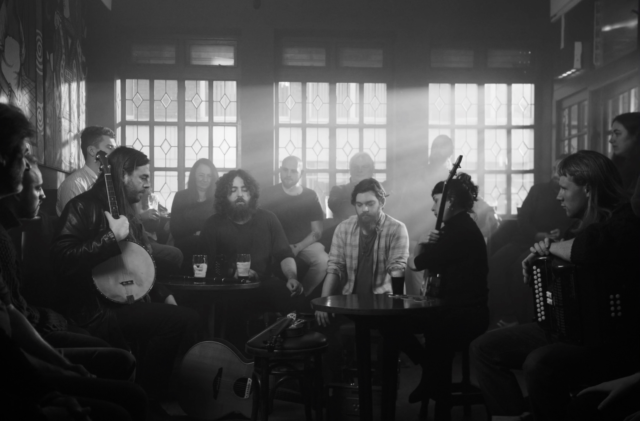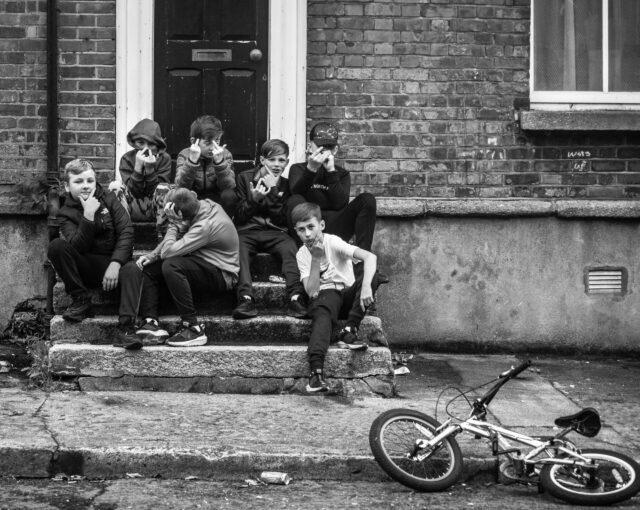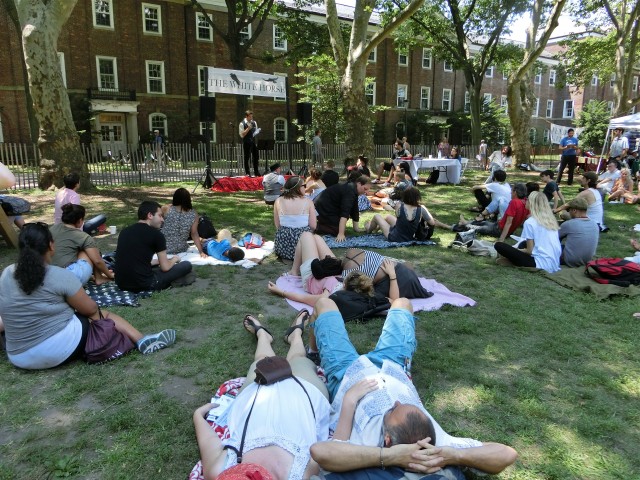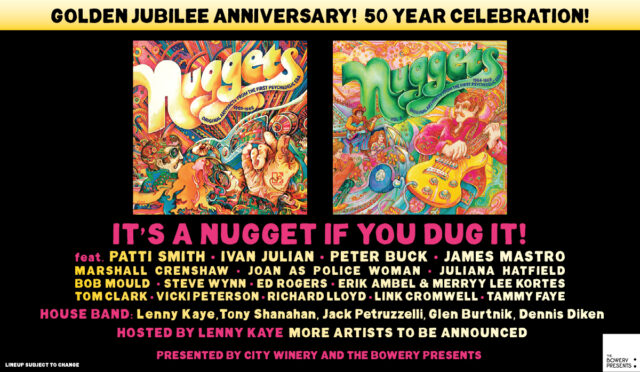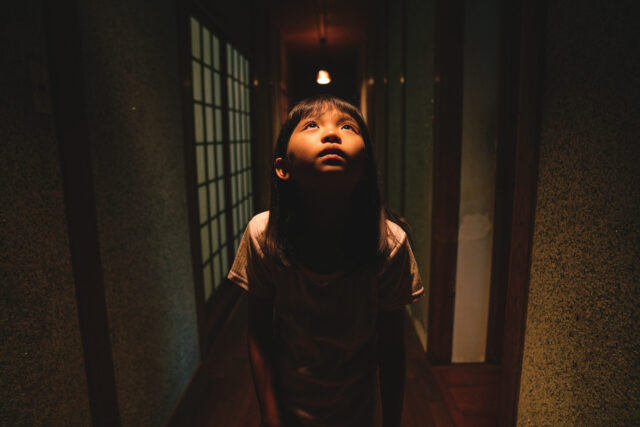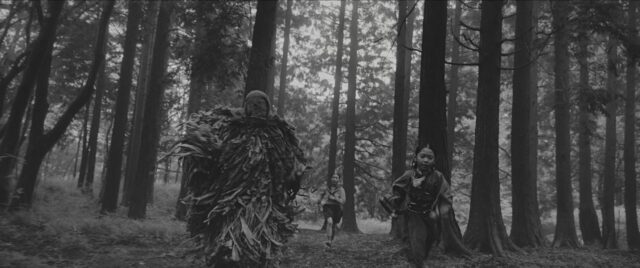
Who: Jessie Eisenberg, Daphne Rubin-Vega, Chad Coleman, David Strathairn
What: Live dramatic reading and discussion from Theater of War Productions
Where: The Greene Space, 44 Charlton St.
When: Monday, July 31, free with RSVP, 7:00
Why: In his May 22 New Yorker article “The Revolving Door,” titled “The System That Failed Jordan Neely” online, Adam Iscoe uses the incident between Jordan Neely and Daniel Penny to examine mental health issues, homelessness, and law enforcement in New York City. On May 1, the thirty-year-old Black Neely died after being put into a chokehold for several minutes by twenty-four-year-old White former marine Daniel Penny on a northbound F train. Iscoe writes, “The N.Y.P.D. questioned Penny, then released him. (His lawyers say that he was acting in self-defense.) ‘We don’t know exactly what happened here,’ Mayor Eric Adams said, afterward. ‘We cannot just blanketly say what a passenger should or should not do in a situation like that.’ Kathy Hochul, the governor of New York, said, ‘There’s consequences for behavior.’ Was she talking about Neely, or the man who killed him?”
On July 31, the Greene Space will kick off its new series, “Theater of War Productions: Live from the Greene Space,” with a dramatic reading of Iscoe’s article, featuring the all-star cast of Jessie Eisenberg, Daphne Rubin-Vega, Chad Coleman, and David Strathairn. That will be followed by an in-depth guided community discussion with paramedics, psychiatric nurses, case workers, law enforcement, transit workers, the unhoused, those who serve them, and concerned citizens. There is limited in-person seating for the free event at the Greene Space, but everyone is invited to watch the program over Zoom.
Since 2009, Theater of War has been presenting dramatic readings and discussions, pairing classical and modern works with hot-button topics, including Sophocles’s Oedipus, the King with the pandemic and the climate crisis, William Shakespeare’s King Lear with caregiving and death, Aeschylus’s Prometheus Bound with incarceration, Eugene O’Neill’s Long Day’s Journey into Night with addiction and substance abuse, and Sophocles’s Antigone with racialized police violence. The organization, founded by Bryan Doerries, was active during the pandemic, hosting dozens of programs with such participants as Bill Murray, Oscar Isaac, Taylor Schilling, John Turturro, Samira Wiley, Ato Blankson-Wood, Frances McDormand, Keith David, Jeffrey Wright, Kathryn Erbe, and Frankie Faison.
“In and out. Around and around. One institution to the next: 7-Eleven, Kirby Forensic, Atlantic Armory, Manhattan Psychiatric, Maimonides, Lincoln, Kings County, Bellevue,” Iscoe writes. “Tonight, there are more than seventy thousand people without beds of their own sleeping in homeless shelters and temporary-housing programs and other places, too. Some shelters have kitchens that serve freshly stewed chicken thighs and homemade strawberry pie; others serve chicken that is undercooked and mealy apples for dessert. Many shelter beds are seven inches off the ground and bolted to the floor. For the mentally ill, there are forty-nine hundred beds in mental-health shelters, but more than forty-nine hundred people want to sleep in them. And so tonight mentally ill men and women are sleeping in large intake shelters, on the street, in the trains. Tomorrow, they will wake up and go about their day.”
